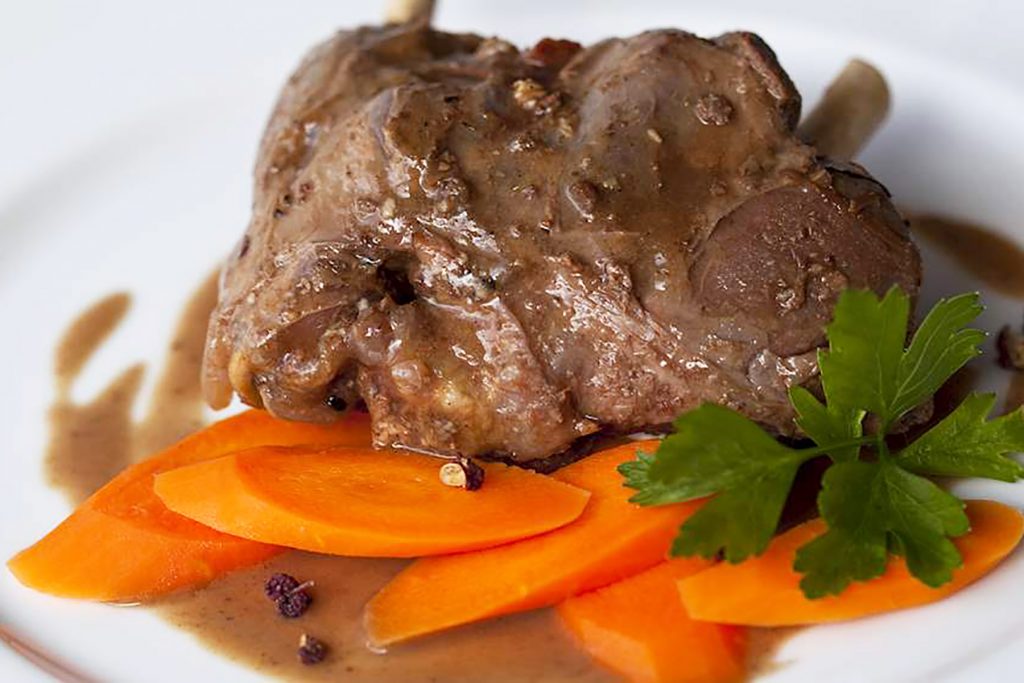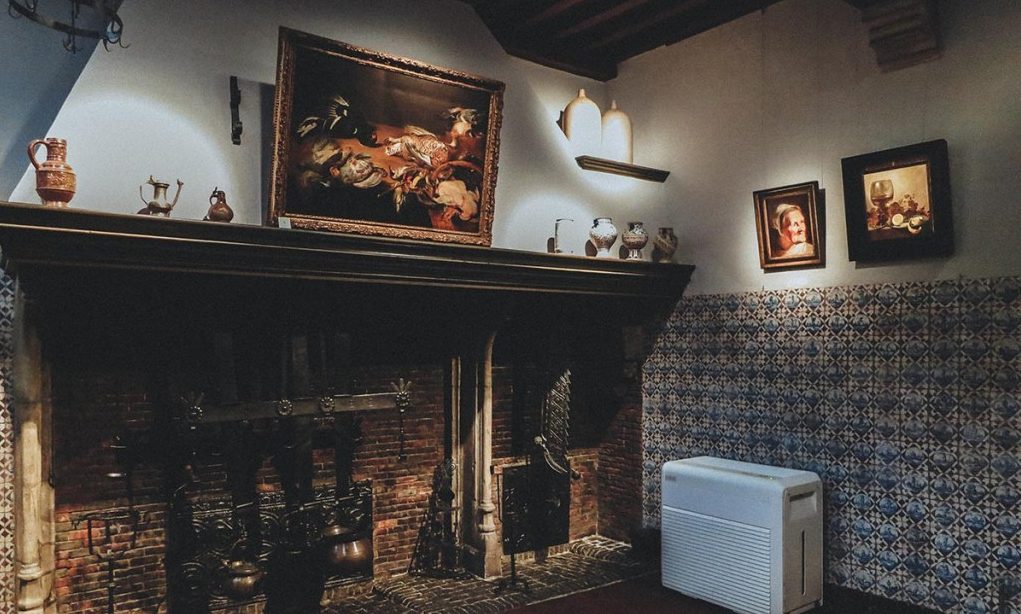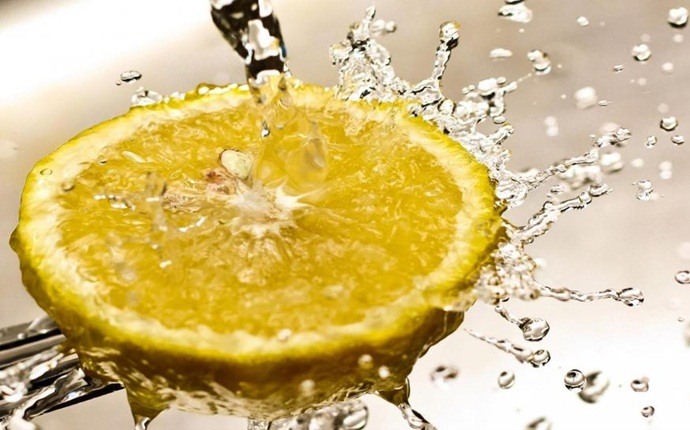Many of Luxembourg’s traditional foods reflect the Grand Duchy’s farming heritage and location between Germany, France, and Belgium. For instance, you will discover that the country’s cuisine combines rustic German heartiness, French finesse, and a little Iberian flavor for good measure. Often incorporating meat, fish, potatoes, dashes of cream, and wine, however, Luxembourg’s top dishes certainly aren’t for those on a diet. But if you do fancy a hearty and flavorsome meal, why not delve into one of these delicious Luxembourg foods which you can easily make at home.
Contents
Beef Carpaccio And Beef Tartare
Known in Luxembourgish as Tartare Vum Rand or Carpaccio Vum Rand, these are two versions of raw beef that are common to find on Luxembourg restaurant menus.
Each dish is probably a nod to French cuisine. But, if you love carpaccio or tartare, take advantage of it being readily available to eat in Luxembourg. As a note, don’t be surprised to see horse on many menus as well. Look for cheval in French
F’rell Am Rèisleck

Luxembourg has no access to the sea. As a result, traditional fish dishes are based on what swims in freshwater rather than in the sea. Trout, pike, and crayfish are some of the most common fish that you will find in Luxembourg’s restaurants. F’rell Am Rèisleck is one of the most popular dishes and is made by frying trout in melted butter before covering it with a mixture of Riesling wine, crème fraîche, shallots, and spices and herbs, then baking it to perfection. People typically enjoy the dish as a main course with a side of potato fritters or steamed potatoes and garnished with freshly chopped parsley on top.
Bouneschlupp
Bouneschlupp is a hearty soup with beans, potatoes, and either bacon or sausage. It’s sometimes topped with sour cream or slices of cured pork sausage.
This is definitely winter fare although some restaurants make a lighter version for warmer months, with more leek and celery than potato. Also look for Gromperenzopp, which is a potato soup.
Gromperekichelcher
This dish definitely seems to be of German heritage. Growing up in a Jewish household, I loved potato pancakes topped with sour cream or applesauce. The gromperekichelcher is a similar dish of fried, crispy potato fritters. And, they are often served with apple compote. Just like childhood.
Friture de la Moselle
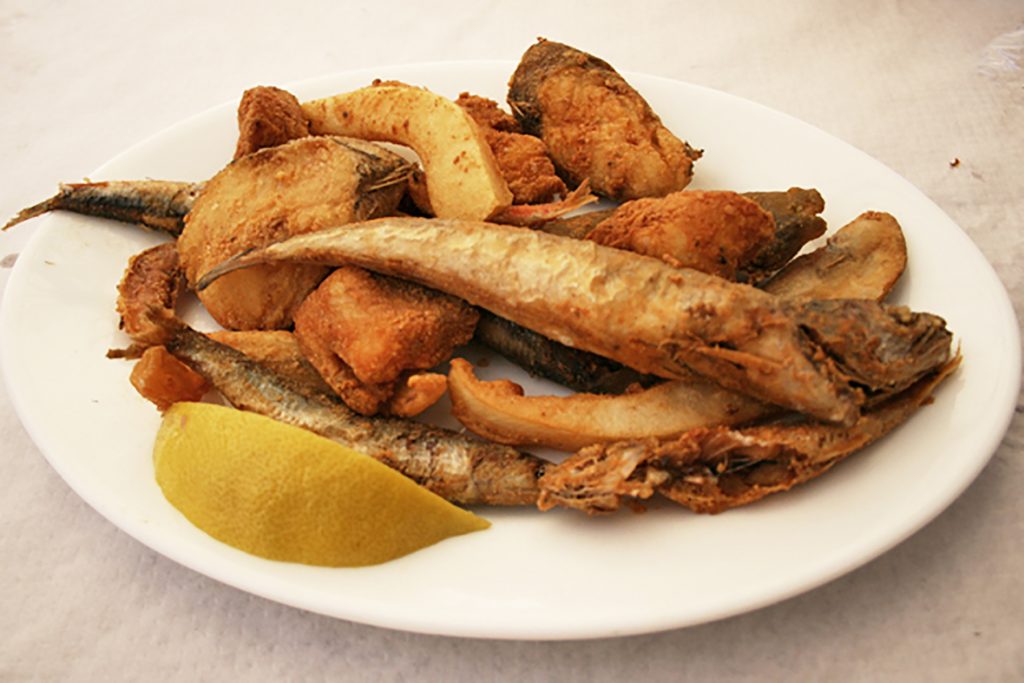
Originating from the wine-growing Moselle region of Luxembourg, Friture de la Moselle is a fried fish dish that is people traditionally eat with fingers. Different kinds of small freshwater fish are cleaned and gutted (or left whole if the fish are tiny) and then seasoned with salt and pepper. They are then dipped first into lemon juice and then into a flour and egg batter before deep frying. The fish comes with wedges of lemon to squeeze over the fish before you eat it. Simple and delicious, it’s no wonder this is some of the most popular food in Luxembourg.
Gromperekichelcher
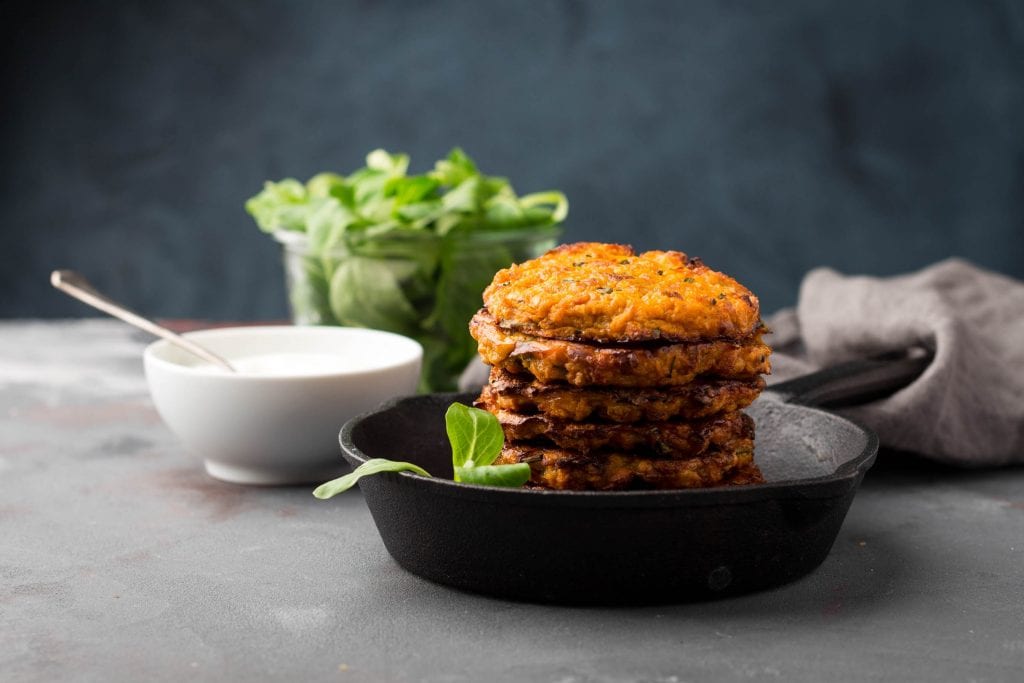
These delicious crispy fried potato cakes or fritters are one of the most popular foods in Luxembourg. As a result, you will find them on sale at markets and fairs almost everywhere throughout the country. They are made by mixing grated potatoes, chopped onions, parsley, egg, flour, and salt, which are then shaped them into flattened patties and fried. People tend to enjoy them best when eaten piping hot straight from the pan. Depending on preference, some people like to eat them with tomato ketchup or apple sauce. Others, meanwhile, enjoy eating them with soup.
Friture De La Moselle
The Moselle River runs along the edge of Luxembourg, separating the country from Germany. In the wine region, we stayed in a hotel and across the street was Germany.
Something a little unusual for Americans to see. The Friture De La Moselle are fried river fish, similar to fried boquerones that we eat in Spain, but a little larger. Or, try F’rell Am Rèisleck, which is a fried trout in a Riesling sauce.
Huesenziwwi
During the game season in Luxembourg, which runs from October to December, you might find Huesenziwwi on the menus of some top restaurants in Luxembourg. It consists of marinated pieces of hare cooked with wine and onions in a thick sauce made from hare or calf’s blood, red wine, and cognac. Some people like to add sour cream, mushrooms, carrots, and herbs into the mix too. This might include sage, bay leaves, and thyme. The stew is extremely tender on account of the hare being marinated between 48 and 72 hours before being fried in lard and flambéed with cognac. People often serve it with noodles, cabbage, and a glass of wine.

